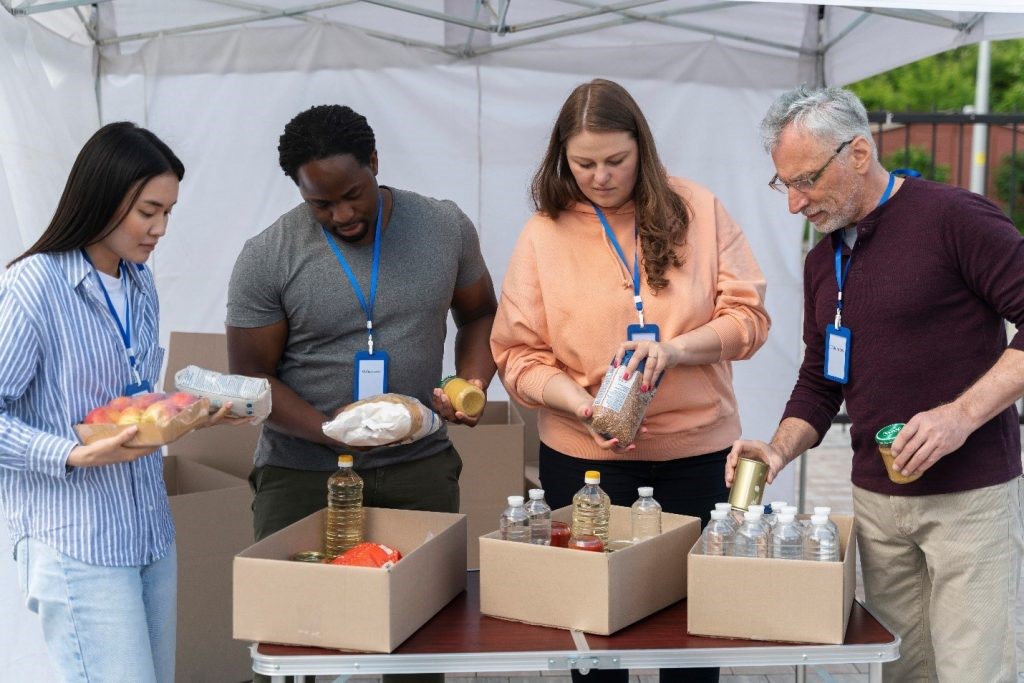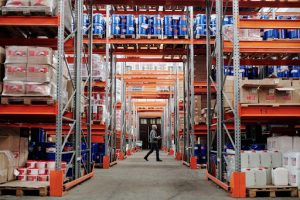In our last article, we discussed how to assess gender equality programming in the food security sector. Today we look at the factors to consider when planning and implementing gender-responsive food security programmes in emergencies. Read on.
- Demographic factors
- The number of poor and landless people (disaggregated by gender).
- The number of pastoralists without herds (by gender).
- The number of poorest people in each caste group (by gender).
- The most marginalized groups (composition and size).
- The number of migrants, both temporary and long-term or permanent.
- Data broken down by age, wealth, and marital status.
- Social factors and how they have changed since the crisis
- What are the various forms of post-crisis households (e.g., female- or child-headed households)?
- What is the make-up of special-needs households (e.g., unaccompanied children, widows without families, disabled and women, HIV/AIDS-affected girls, boys, and men)?
- Has the importance of women and men caring for their extended families and dependents been recognized?
- Are women’s, children’s, men’s, and disabled people’s needs recognized?
- Are women’s and men’s local knowledge recognized and exploited in the planning of food security interventions?
- What is the local level of organization in rural areas for women, youth, men, and the disabled?
- Is it possible to foster informal networks or formal associations, and if so, how?
- Is there any community support for food production, transportation, and delivery for both men and women?
- What are the power structures in the community and household in terms of food, land, and other productive resources?
- In terms of gender-disaggregated needs, how acceptable are the proposed commodities to the general public?
- At both the community and household levels, who controls resources (producing tools, food, etc.)?
- Who is accountable for food safety and hygiene in the home in order to provide food and nutrition security?
- Who in the family is in charge of food preparation, preservation, and storage?
- Economic factors and how they have changed since the crisis
- What percentage of women, girls, boys, and men are poor?
- Is there equitable access to the local market for men and women?
- What is the procedure for women and men to obtain local food?
- Are cash and food-for-work possibilities, financing, and agricultural inputs available to both men and women?
- Do women and men have access to cash to address non-food needs?
- Do men and women have equal access to food assistance services and programs?
- What amount of self-sufficiency do they have in specific crops?
- Do women and men have appropriate and stable food sources and access (amount, quality, and nutritional aspects)?
- Political factors and how they have changed as a result of the crisis
- Is there any discrimination against any particular group?
- Is women’s access to land and other productive assets hampered by national and/or customary norms and laws?
- Are agricultural services available to both men and women?
- Do women and men have equal rights (e.g., to land) under national legislation and laws?
- What are the procedures for consultation during policy creation and implementation?
- Are there processes in place to include women and the most vulnerable groups in decision-making and policy-making?
- Do product subsidies exist, and if so, what impact do they have on food crop output and poor women’s and men’s incomes?
- Institutional and security factors and how they have changed since the crisis
- Have institutional arrangements and mechanisms been established to ensure that policymakers are aware of the perspectives and concerns of women and vulnerable groups at the village, regional, and national levels?
- What information distribution and communication channels are in place, and what specific measures are in place to guarantee that women and the most vulnerable groups have access?
- Are women and men finding it difficult to get to the local market to buy food or to their agricultural fields because of the presence of weapons and land mines?
- Do physical security issues prevent women, girls, boys, or men from receiving food assistance?
To get more insight on food security, enroll today for our Food Security & Nutrition in Emergencies course designed to help advance your career in the humanitarian field.







